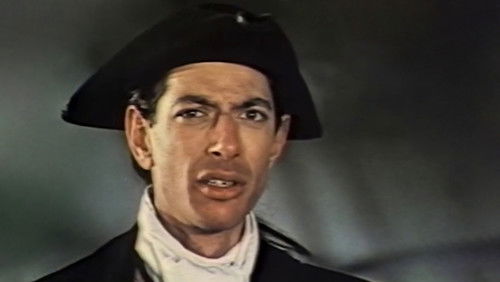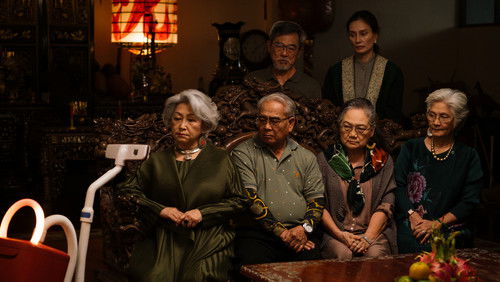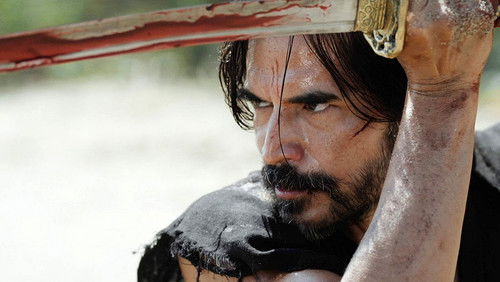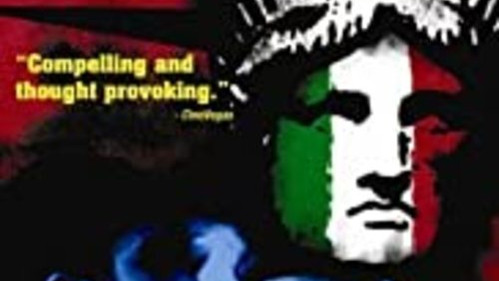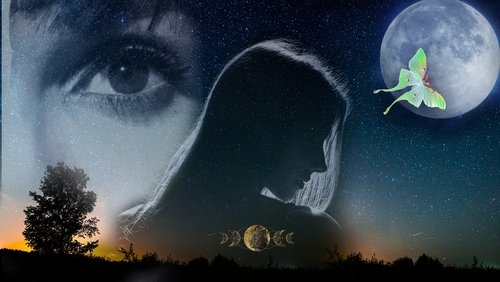Das Blut eines Dichters (1932)
23KDas Blut eines Dichters: Directed by Jean Cocteau. With Enrique Rivero, Elizabeth Lee Miller, Pauline Carton, Odette Talazac. A young artist draws a face at a canvas on his easel. Suddenly the mouth on the drawing comes into life and starts talking. The artist tries to wipe it away with his hand, but when he looks into the hand he finds the living mouth on his palm. He tries to wipe it off on the mouth of an unfinished statue of a young woman. The statue comes into life and tells him that the only way out of the studio is through the looking glass. The artist jumps into the mirror and comes to the Hotel of Dramatic Lunacies. He peeps through the keyholes of a series of hotel rooms. In the last room he sees desperate meetings of hermaphrodites. One of them has a signboard saying “Mortal danger”. Back in the studio the artist crushes the statue with a sledgehammer. Because of this he himself becomes a statue, located at the side of a square. Some schoolboys start a snowball fight around the statue. One of the boys is killed by a snowball. A fashionable couple start playing cards at a table beside the corpse. The woman tells the man that unless he holds the ace of hearts he is doomed. The man takes the ace of hearts from the dead boy. The child’s guardian, a black angel, appears and takes away the corpse as well as the card. Losing the ace of hearts the man shoots himself. The woman is transformed into the unfinished statue from the studio, and walks away.
“Though my experience is undoubtedly limited, Iu0026#39;m not usually a fan of surrealism or experimental cinema, usually dismissing them as exercises in pointlessness. However, my duty as a film buff tempted me to try my hands at Jean Cocteauu0026#39;s u0026quot;Orphic trilogyu0026quot;, starting with u0026#39;Le Sang du0026#39;un poète / The Blood of a Poet (1930) {the remaining two films are, of course, u0026#39;Orpheus (1950)u0026#39; and u0026#39;The Testament of Orpheus (1960)u0026#39;}. Luckily the film was rather short, because I canu0026#39;t say that on first viewing, at least I got much out of it. There is certainly some very interesting imagery, and Cocteau has fun making use of his visual trickery {I particularly liked how the poet fell through the mirror}, but, once the hour was over, I simply didnu0026#39;t feel any more entranced, inspired or shocked than I had been prior to watching the film. Call it inexperience if you must, but I just didnu0026#39;t u0026quot;getu0026quot; what the film was trying to communicate, if anything at all.u003cbr/u003eu003cbr/u003eAs a random collection of bizarre and occasionally-invigorating images, u0026#39;The Blood of a Poetu0026#39; works to a certain extent, but, if it ever aimed to shock its audiences, the effect is never anything to rival its surrealistic contemporaries, mostly notably Luis Buñuelu0026#39;s u0026#39;Un chien andalou / An Andalusian Dog (1929).u0026#39; In Cocteauu0026#39;s keen eye for mind-tripping camera-work, there is certainly merit, though I doubt that the mere inventiveness of the visuals is the reason why the film is held in such reverence. Is the film simply a collection of random episodes designed to evoke an emotional response, or is there a deeper subtext that Iu0026#39;m overlooking? One interesting theory is that u0026#39;The Blood of a Poetu0026#39; depicts the suffering of a poet, of an artist, and how this immense suffering is transformed into a work of art, something truly beautiful {one particular sequence supports this hypothesis, as a young girl responds to her cruel maltreatment by learning to fly}.u003cbr/u003eu003cbr/u003eHowever, beyond this primitive inkling of a theory, I find myself thoroughly baffled by the events depicted in the film, which largely strike me as being random. In an essay he wrote about his film {included with the excellent Criterion Collection DVD}, Cocteau states that u0026#39;The Blood of a Poetu0026#39; draws nothing from dreams or symbols, but that it, u0026quot;as far as the former are concerned initiates their mechanism, and by letting the mind relax, as in sleep, it lets memories entwine, move and express themselves freely. As for the latter, it rejects them, and substitutes acts, or allegories of these acts, that the spectator can make symbols of if he wishes.u0026quot; The precise meaning of these words still eludes me, but it sounds as though the director didnu0026#39;t ever intend for the film to make any sense, and that it is up to the audience to derive their own greater meaning from the collection of sounds and images. Maybe Cocteau knew exactly what he was doing, or maybe he just managed to convince us that he did.”
